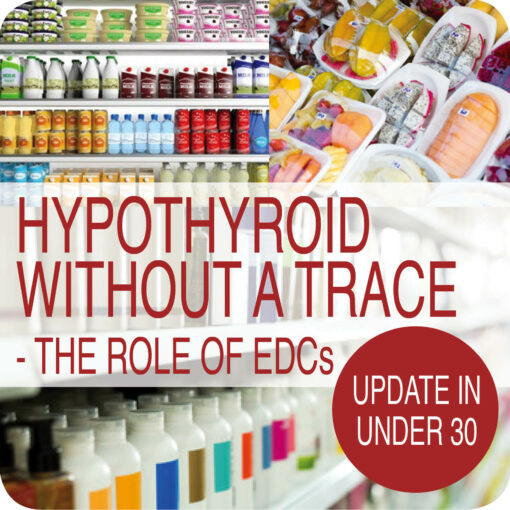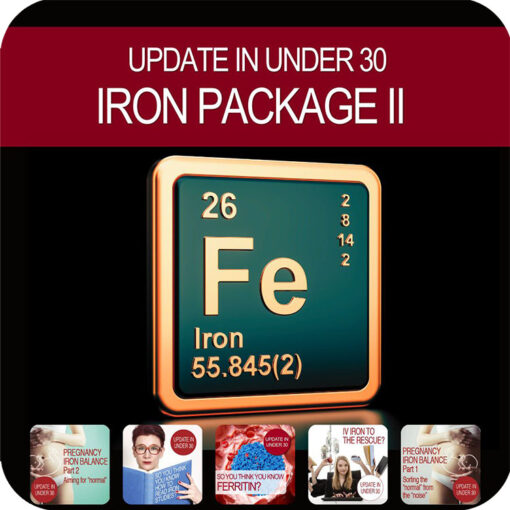
The case of a slim 41YOF under very high stress due to marriage separation & the care of 2 young kids was presented in mentoring this month. Her a.m. Cortisol was 710 nmol/L – Rachel asked the group to identify 3 results in her routine labs that are consistent with & likely to be caused by this hypercortisolism…
Mentee & MasterCourse I & II Alumnus: In this case…
– High-normal sodium
– High neutrophil:lymphocyte ratio (on a few occasions)
– Mildly elevated CRP
Rachel: The 3 markers you mention can indeed be consistent with and purely caused by high Cortisol: HN Na, HN Neutrophils and LN Lymphocytes producing an elevated Neutrophil Lymphocyte Ratio (NLR) and some low-level CRP elevation
So let’s examine these for her:
- HN Na? Absolutely, it is uncommon for women to have a Na >139 and yet her average is 141 mmol/L 🎯
- HN NLR? As you say – this is not consistent in this patient and if we practice due diligence by always examining the individual results before the ratio, we can see why. Her Lymphocytes are not always compromised (<2) but bounce from 1.6 to 2 to 2.7 and back to 1.6! High cortisol if it’s consistent and causative produces LN Lymphocyte counts due to increased apoptosis/reduced lifespan of these cells, as well as encouraging increased neutrophil production and release from the bone marrow to increase our innate defence over adaptive. So if there is a pattern of ‘Stress Myelopoiesis’, as described, it is far from clear cut. And with her highest Neutrophil result and therefore NLR being the results produced from a FED collection, we know that other things are at play post-prandially to explain this, right? 🤔
- Mildly increased CRP? Her results vary from 1-4mg/L while in a healthy ‘well’ adult with her BMI we should expect them to be < 1 so I second this. Of course this mild rise in CRP could be the result of other things in other patients but HN Cortisol does seem plausible in this case.🎯
Cortisol – Have You Been Caught Out?
I have! And just recently a stark contrast between the results from 2 different methods of cortisol capture in the same patient illustrated just how likely this is. How do we ‘capture’ something so ‘dynamic’ and interpret anything of substance from a ‘static’ assessment technique? But rather than throw up our hands and throw out the whole attempt to measure cortisol, we can improve the rigor, reliability and real-world meaningfulness of our patients’ results by refining our timing of tests, choosing the medium wisely & manipulating test conditions to answer specific questions about their HPA function. Great desktop reference included!
You can purchase Cortisol – Have You Been Caught Out? here.



